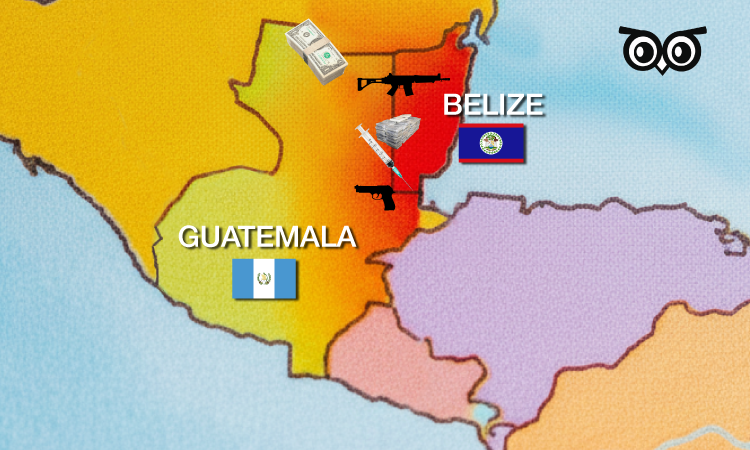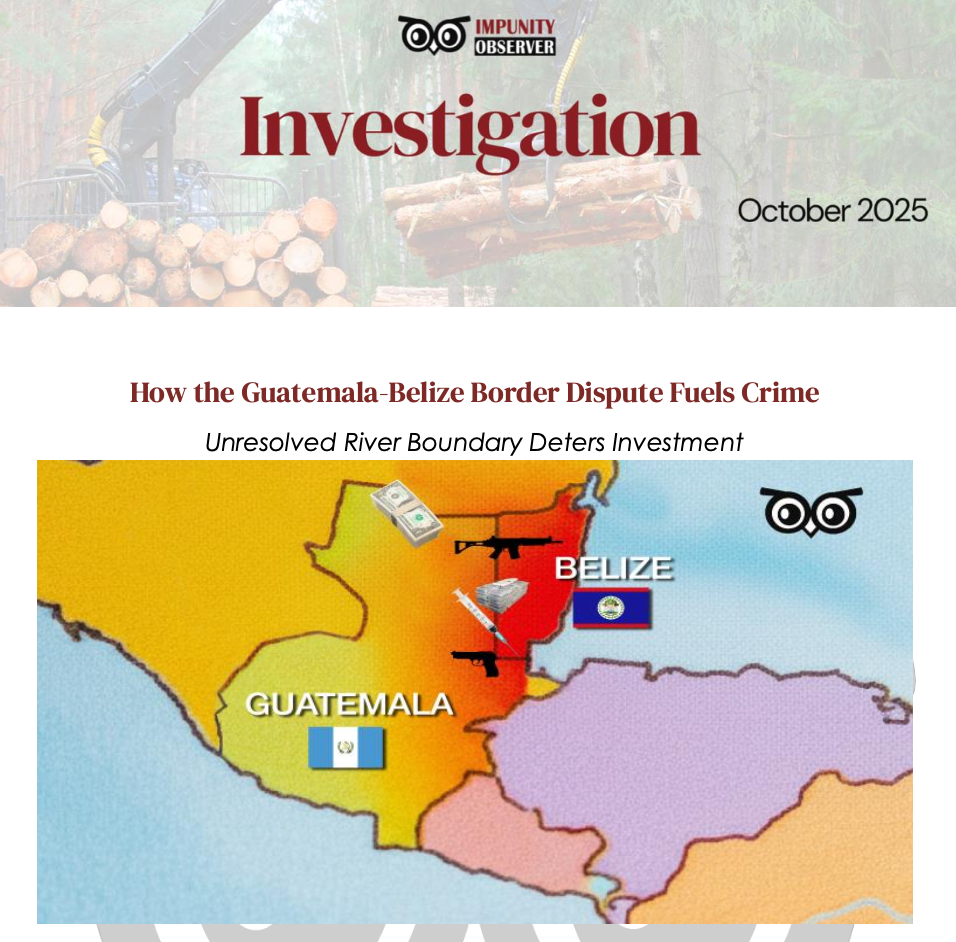Key Insights
- Between September 10 and 13, Belize accused Guatemalan soldiers of raising a flag on Sarstoon Island—belonging to Belize—while also harassing navigation on the river. In 2019, both countries agreed to submit the case to the International Court of Justice. However, confrontations continue.
- The governance vacuum enables criminal economies: drug trafficking, illegal logging and fishing, wildlife trade, smuggling, and irregular migration. The Sarstoon’s ecosystem includes forests, mangroves, and protected marine areas. Criminal groups target these zones for precious hardwoods, exotic fauna, and abundant fish. Further, legal uncertainty deters formal investment, fueling illicit economies.
- Over the past decade, transnational cartels have increasingly used Belize and Guatemala as a bridge for cocaine shipments from South America to the United States. Due to heightened controls on other routes, clandestine flights landing on improvised airstrips in Belize, near the Guatemalan border, surged after 2018.
- The Administrative Commission of the Uruguay River (CARU) in South America and the Mekong River Commission (MRC) in Southeast Asia demonstrate how joint institutions can transform contested waterways into frameworks for cooperation. These models suggest an alternative governance model for data exchange, patrols, and free-trade policies for locals.
This investigation explores how legal ambiguity enables illicit economies and the opportunity cost of prolonged uncertainty for both Guatemala and Belize. It also maps criminal activity in the Sarstoon and compares other fluvial governance mechanisms as models for reducing crime and fostering investment.


